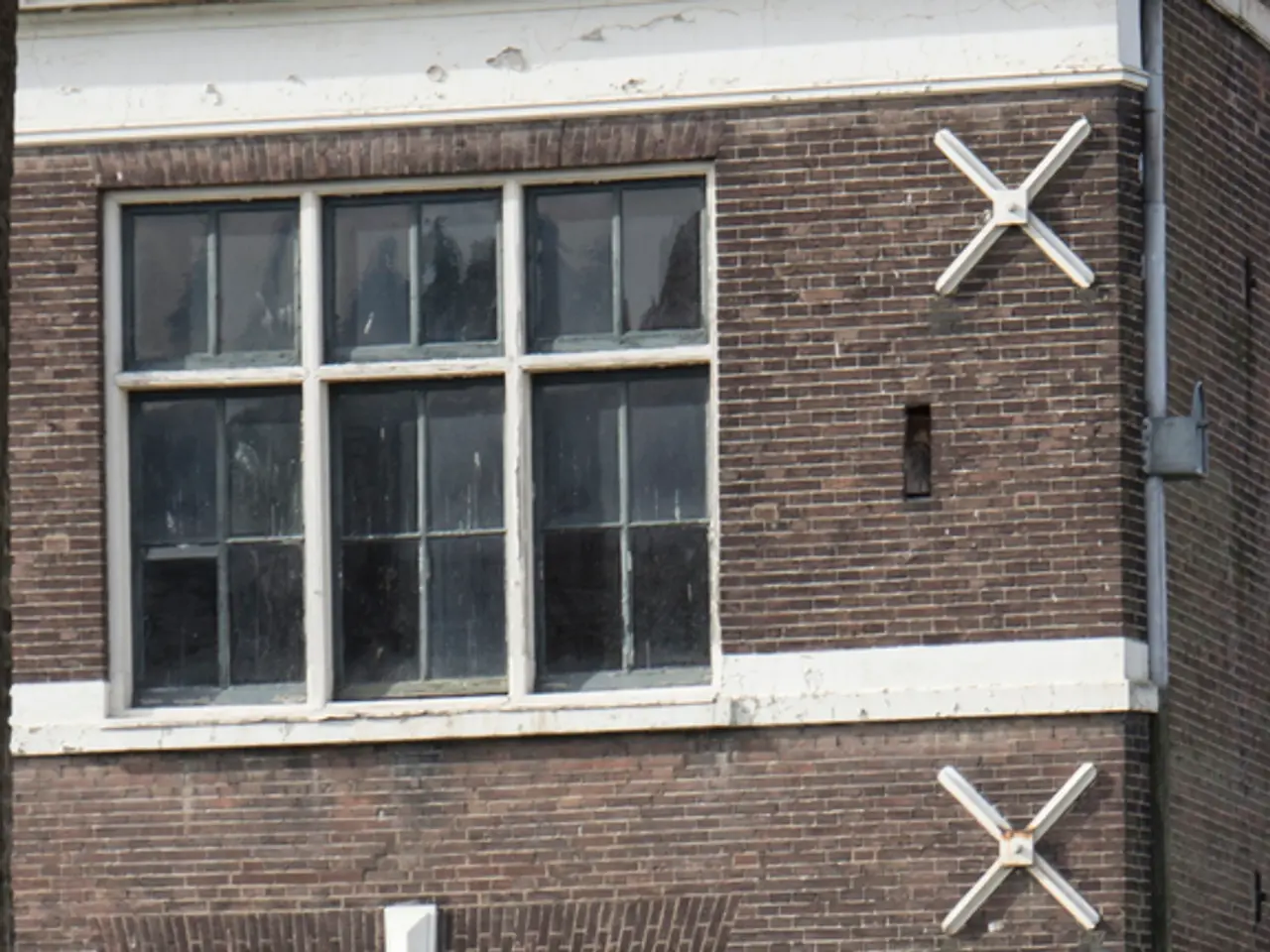Long-term financial assessment for efficient boiler selection in LEED Green Associate role within USGBC
In the world of building management, making informed decisions about investments in building systems and equipment is crucial. One such decision that often arises is whether to keep the existing boiler or invest in a new, more efficient model. This dilemma is where life-cycle cost analysis comes into play.
Life-cycle cost analysis is a procedure used by building managers to compare the total operating costs of an old boiler with the purchase and operating costs of a new, more efficient boiler. This method is employed for assessing the total cost of ownership over the life of an asset, such as a boiler system.
But what exactly does life-cycle cost analysis entail? It goes beyond just comparing the initial purchase price of the new boiler with the existing one. Instead, it takes into account all costs associated with the asset, including initial purchase, installation, operation, maintenance, and disposal. This holistic approach allows building managers to make informed decisions that consider the long-term implications of their choices.
For instance, while the new boiler may have a higher upfront cost, it would significantly reduce the cost of running and operating the system over its lifespan. This is due to the improved efficiency of the new boiler, which leads to reduced energy consumption and lower maintenance costs. In the long run, these savings could outweigh the initial investment, making the new boiler a more cost-effective choice.
It's important to note that life-cycle costing is distinct from other techniques such as value engineering and integrated design. While value engineering focuses on improving the value of a product or service by examining its functions and costs, it does not specifically address life-cycle costs. Similarly, integrated design is a collaborative process that involves all stakeholders in the design of a building to optimise its performance, but it does not focus on comparing costs over an asset's life-cycle.
Life-cycle costing, therefore, serves as a valuable tool for building managers and owners. By considering the total cost of ownership, they can identify options that may have higher initial costs but result in lower overall costs due to improved efficiency, reduced maintenance, or longer lifespans. In the end, this approach leads to smarter decisions and more sustainable buildings.
Read also:
- "Eco-Scam": Unveiling the Truth about Electric Vehicles
- European transportation's sustainability and competitiveness rely on a "green industrial agreement" that serves the interests of both corporations and residents, as discussed in an Editorial from August 2024.
- Indian Oil Corporation's Panipat Refinery secures India's inaugural ISCC CORSIA accreditation for Sustainable Aviation Fuel production
- Porsche Macan Accelerates into Second Generation of Electric Power







